Kunozan Toshogu Shrine: Feel the Power of Ieyasu Tokugawa! Shizuoka's Strongest Spiritual Spot

Kunozan Toshogu Shrine is located in Shizuoka City, Shizuoka Prefecture. This is the oldest shrine dedicated to Ieyasu, built in the Edo period according to his will. Starting with Nikko Toshogu, it is the prototype of Toshogu shrines that can be seen all over the country, and is said to bring good luck in career advancement, general advancement, and competition.
In addition, Shizuoka City is known as the place where Ieyasu Tokugawa spent his childhood, prime of life, and later years, and is attracting attention as the stage of the NHK Taiga drama "Dosuru Ieyasu" currently being broadcast.
This time, I would like to introduce Kunozan Kunozan Toshogu Shrine which is related to Ieyasu.
Table of Contents
History of "Kunozan Toshogu Shrine"

When Ieyasu Tokugawa passed away in 1616, his body was buried in Mt. Kuno according to his will. After that, Kunozan Toshogu Shrine was built by order of the second shogun, Hidetada. It was built in a short period of only one year and seven months, and the current richly colored and gorgeous shrine building was completed.
The shrine pavilions, built with the highest technology of the time, are representative of the early Edo period. In 2010 (Heisei 22), 400 years after their construction, the "main hall," "Ishinoma" and "hall of worship" were designated as the only national treasures in Shizuoka Prefecture, and 13 buildings including "Roumon" were designated as national important cultural properties, and the entire premises are designated as a national historic site as "Kunosan".
You can get a glimpse of the gorgeous culture of the early Edo period, built by Ieyasu, who succeeded in unifying Japan.
How to Get to "Kunozan Toshogu Shrine"?

There are two ways to access "Kunozan Toshogu Shrine": the "Ropeway" route from Nihondaira and the "Stone Steps" route to Kunozan Toshogu Shrine.
In either case, the ropeway or the stairs, you will use the stairs to visit the shrine, so it is recommended that you wear comfortable shoes such as sneakers or athletic shoes.
<Ropeway>
Nihondaira summit from Nihondaira Kunozan Smart Interchange (about 20 minutes)
Nihondaira summit from Tomei Shizuoka/Shimizu Interchange (about 40 minutes)
⇒ Nihondaira Ropeway from the summit (5 minutes)*Free parking is available at the top of Nihondaira (200 cars).
*A ropeway fare will be charged.
*When searching with a car navigation system, it is convenient to enter the telephone number of the ropeway.
TEL:054-334-2026<Walking from Kuno Yamashita>
・When using a car
Nihondaira summit from Nihondaira Kunozan Smart Interchange (about 20 minutes)
Nihondaira summit from Tomei Shizuoka/Shimizu Interchange (about 40 minutes)
⇒From Yamashita, there are 1,159 stone steps. (about 20 minutes)・When using a Route Bus
From JR Shizuoka Station, take the Shizutetsu Justline Ishida Kaido Line and get off at the last stop, "Higashi Otani" (about 40 minutes)
At Higashi Otani bus stop, transfer to the bus bound for Kuno Yamashita and get off at the last stop, Kuno Yamashita (about 15 minutes)There are 1,159 stone steps from Yamashita. (about 20 minutes)
<Admission fee>
Shrine visit: 500 yen for adults, 200 yen for children
Shrine/Museum common ticket: Adults 800 yen Children 300 yen
I Actually Went There!
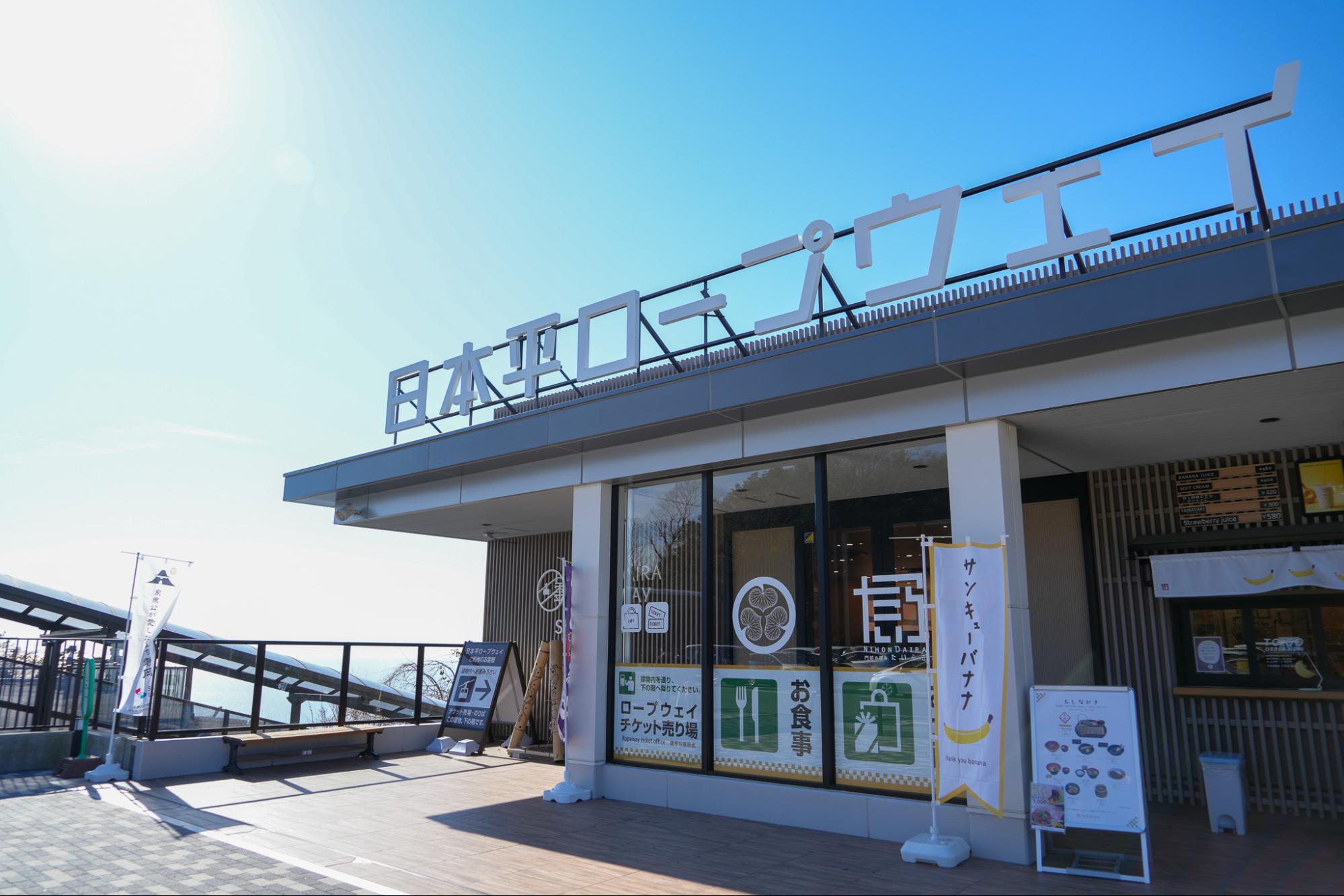
This time, I chose the route to go from Nihondaira by "ropeway"!

Snacks and shops are available at the ropeway station.
There are many souvenirs with Ieyasu as a motif, so be sure to check them out!

At the ropeway platform, there is also a highlight map, so it is recommended to check the points in advance.
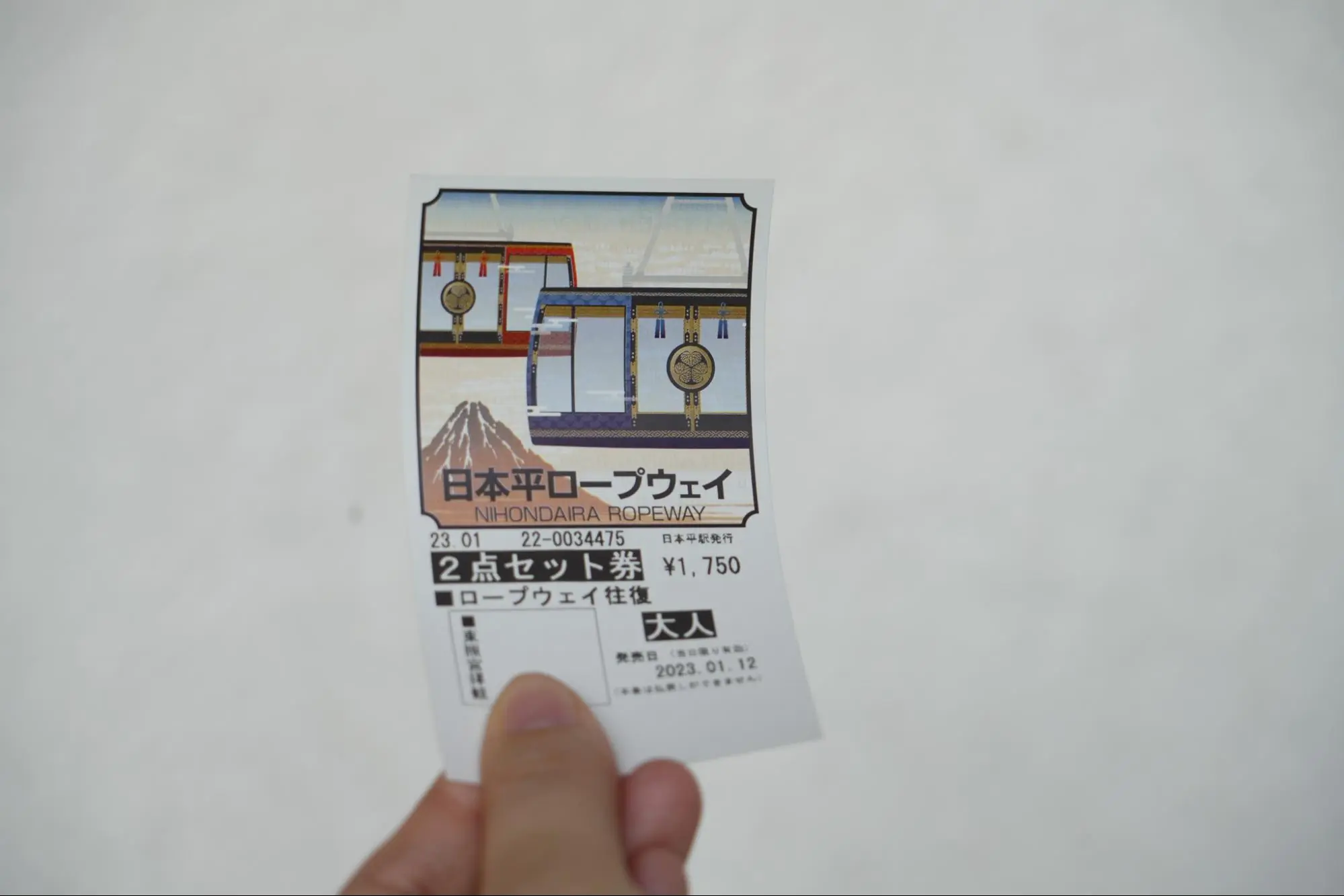
After getting a round-trip ticket, take the ropeway to Mt. Kuno.


Ropeway ride time is about 5 minutes.


Nihondaira is a national scenic spot that was once selected as one of the top 100 sightseeing spots in Japan.
Moving while looking at the scenery of Suruga Bay will make you feel cheerful.

In no time, we arrived at Kunozan Toshogu Shrine.
Kunozan Toshogu Shrine has been regularly repainted from the Edo period to the present day. Each time, the gorgeous colors of the time of its foundation and the height of the technology of the Edo period are reproduced.
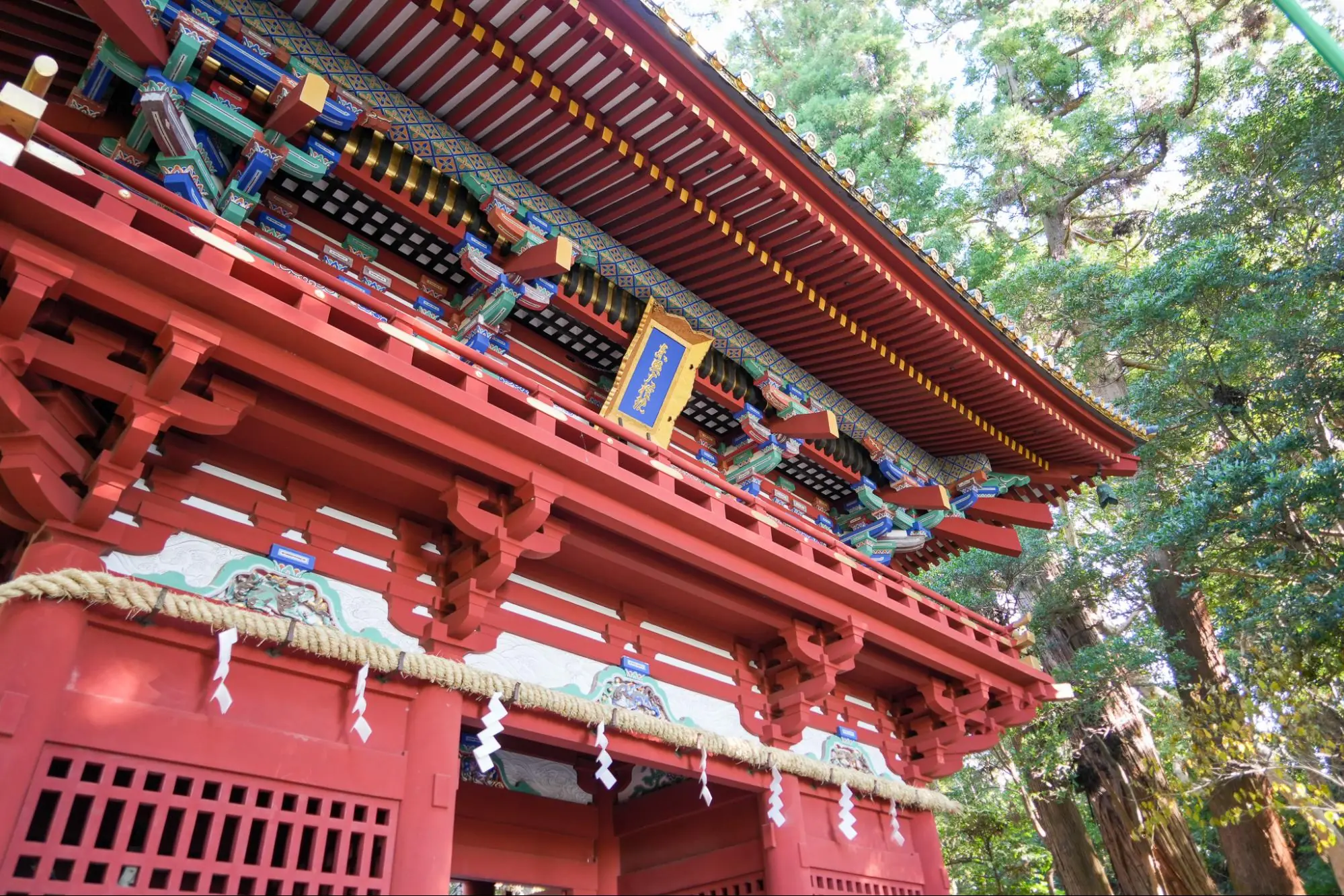
This is a two-story gate called "Roumon". It is also called the "Chokugaku-gomon" because a flat plaque with the inscription "Tosateru Daigongen" in the Emperor Gomizunoo's imperial handwriting hangs in the center under the eaves of the gate.


After passing through the two-storied gate, there is a plum tree that is said to have been hand-planted by Lord Ieyasu at Sunpu Castle and transplanted to the precincts of Toshogu Shrine. When ripe, the seeds split in two, so it is also called "Miwari-ume".

The "Karamon", which is designated as an important cultural property, is also a must-see.
The gate is located in front of the worship hall, and the roof is a four-way karahafu-zukuri (Chinese gable) gate with copper tiles and black lacquer. There is a Chinese lion peony on the siding board and a bird openwork on the black pine.

Beyond the Karamon is the Goshaden (the main shrine), which is also a national treasure. The main shrine was built by Masakiyo Nakai Yamatonokami, who was responsible for important structures that still exist today, such as Nagoya Castle, Ninnaji Temple, and Nijo Castle.
The shaft and eaves are finished with black lacquer, and the edges are finished with red lacquer. Sculptures and metal fittings are used at key points to create a solemn atmosphere.
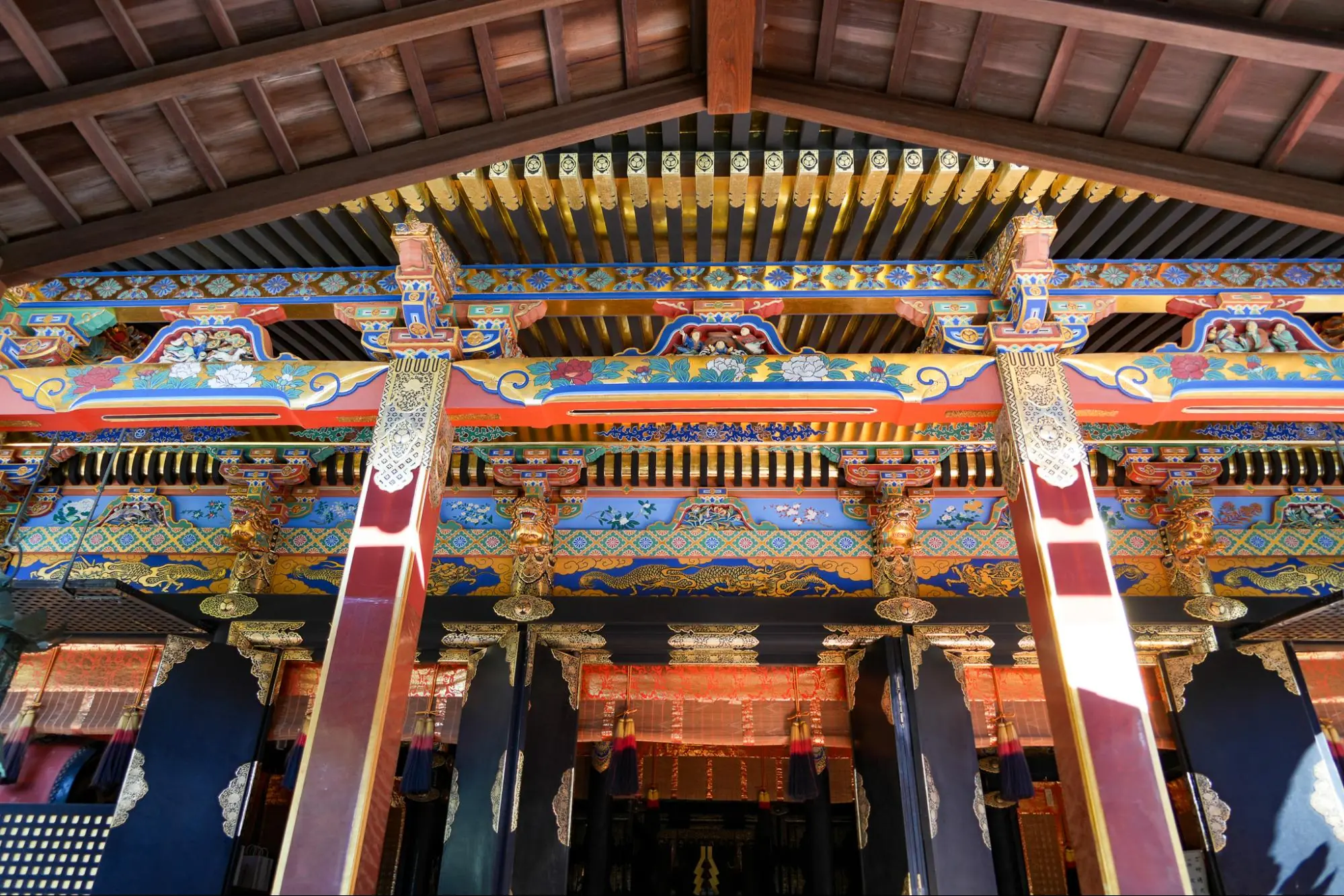
The shrine building, which was completed by bringing together the best architectural techniques and art of the time, was built in the Gongen-zukuri style (style of Shinto architecture in which the main hall and worship hall share one roof, and are connected via an intermediate passageway), with a lower stone room between the main hall and worship hall.
This Gongen-zukuri style became the prototype for many Toshogu shrines built throughout Japan.

The building with richly colored decorations is a masterpiece!
You can tell that the power of Ieyasu Tokugawa, who succeeded in unifying the whole country, was tremendous.

Behind the main hall is the Shinbyo. This is the mausoleum where the remains of Ieyasu Tokugawa were buried.
Originally built with a cypress bark roof, it was rebuilt into the current stone pagoda by Tokugawa Family, the 3rd shogun.
In addition, this shrine was built facing west according to Ieyasu's will. To the west is Horaiji Temple, which is said to be where Ieyasu's parents prayed for the birth of a child, and to the west of that is Daijuji Temple, the family temple of the Matsudaira family in Okazaki, and Okazaki Castle, the birthplace of Ieyasu. . And the extension line continues to the capital of Kyoto.
It is also said that this place is the most powerful.
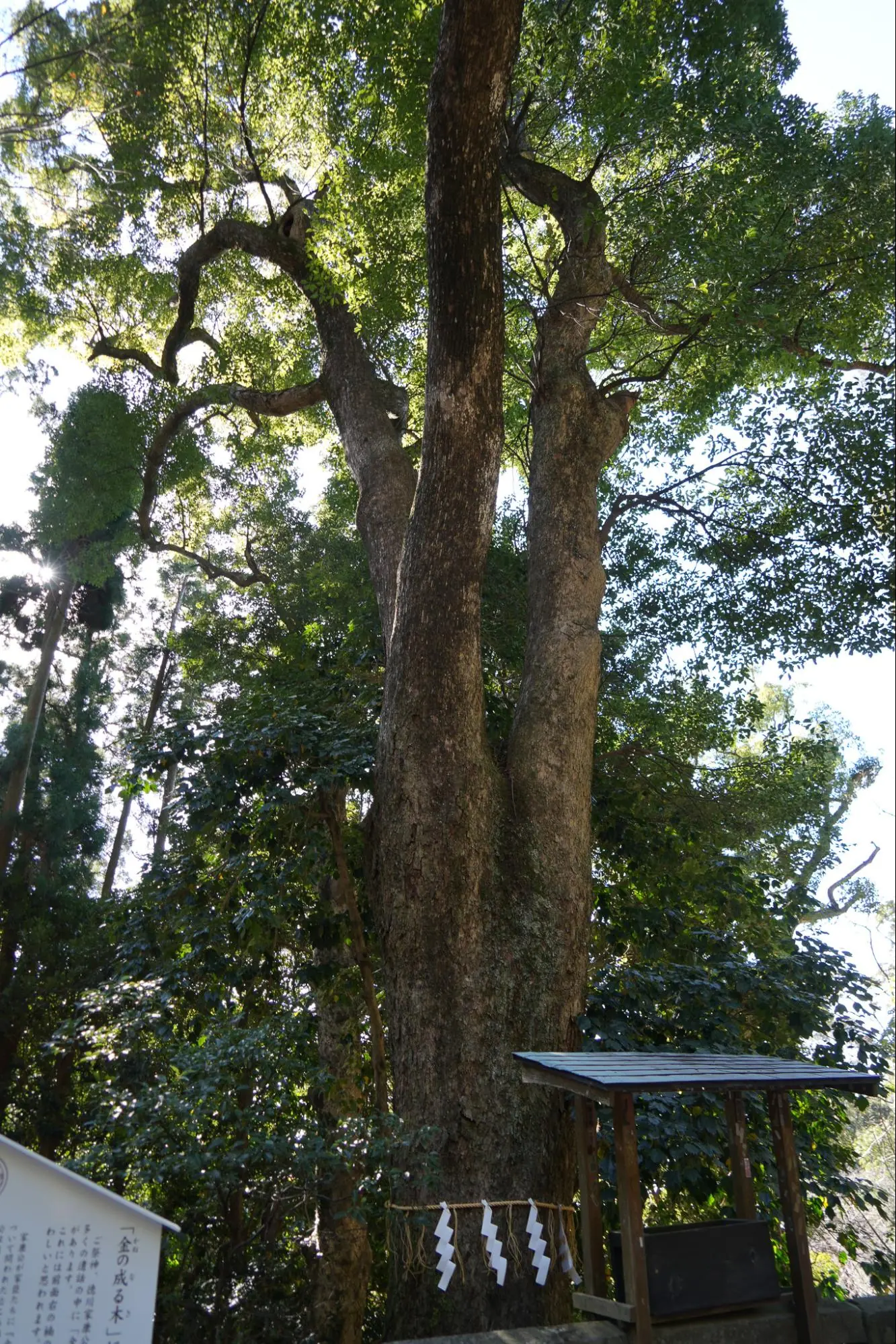
This is also a must-see when you visit. There is a tree whose trunk splits into three large branches from the middle, and it is named "money tree".
One day, Lord Ieyasu asked a vassal:
"I hear there is a money tree in the world, but does anyone know?"
When no one could answer, Ieyasu said, "If no one knows, I will show you," and began to draw a nice picture.
The first branch is "Yorozu-Hodoyo-ki (tree)"... everything is good
The second branch is "Shoji-ki (tree)"...Honest
The third branch is the "Jihibuka-ki (tree)"...a deep mercyIeyasu asked his vassal, "Is there anything else?" One of his retainers, Tadaoki Hosokawa, added eight more branches, four on each side. And on the branch it was written:
"Asao-ki": Rise in the morning (wake up early in the morning)
"Isagiyo-ki" ... pure
"Shinbou-tuyo-ki" ... patient
"Yudan-na-ki" ... vigilant
"Kase-ki" ... Earnings
"Tsuiena-ki"...Not to be exhausted
"Yojyo-yo-ki" (maintaining health)
"Kanai-mutsumaji-ki"...family gets along wellWhen Ieyasu finally saw it, he said, "If you protect this tree, you will be rich and prosper for a long time," and ordered his vassals to tell their family members when they returned.
There may be few people who can do all these things, but I want to live without losing sight of what is important by reviewing my actions and remarks.

The Kunouzan Toshogu Museum is also located adjacent to Kunouzan Toshogu Shrine.
The materials in the collection are mainly inherited treasures that were dedicated to Kunozan Toshogu Shrine. Among them, the daily items of Ieyasu Tokugawa are gathered together, and there are more than 2,000 items including weapons and armor of Tokugawa successive shoguns'.
Please visit them as well.


At the end, I received a goshuin (red ink stamp).
This time, I received the "Kindabigusoku Goshuin" and "Kin no Naru Ki Goshuin", which are decorated with cutouts of Tokugawa Ieyasu Tokugawa 's Kindabigusoku and the shrine building, which is a national treasure.
The seal is made from cedar wood, and you can also feel the scent of cedar.
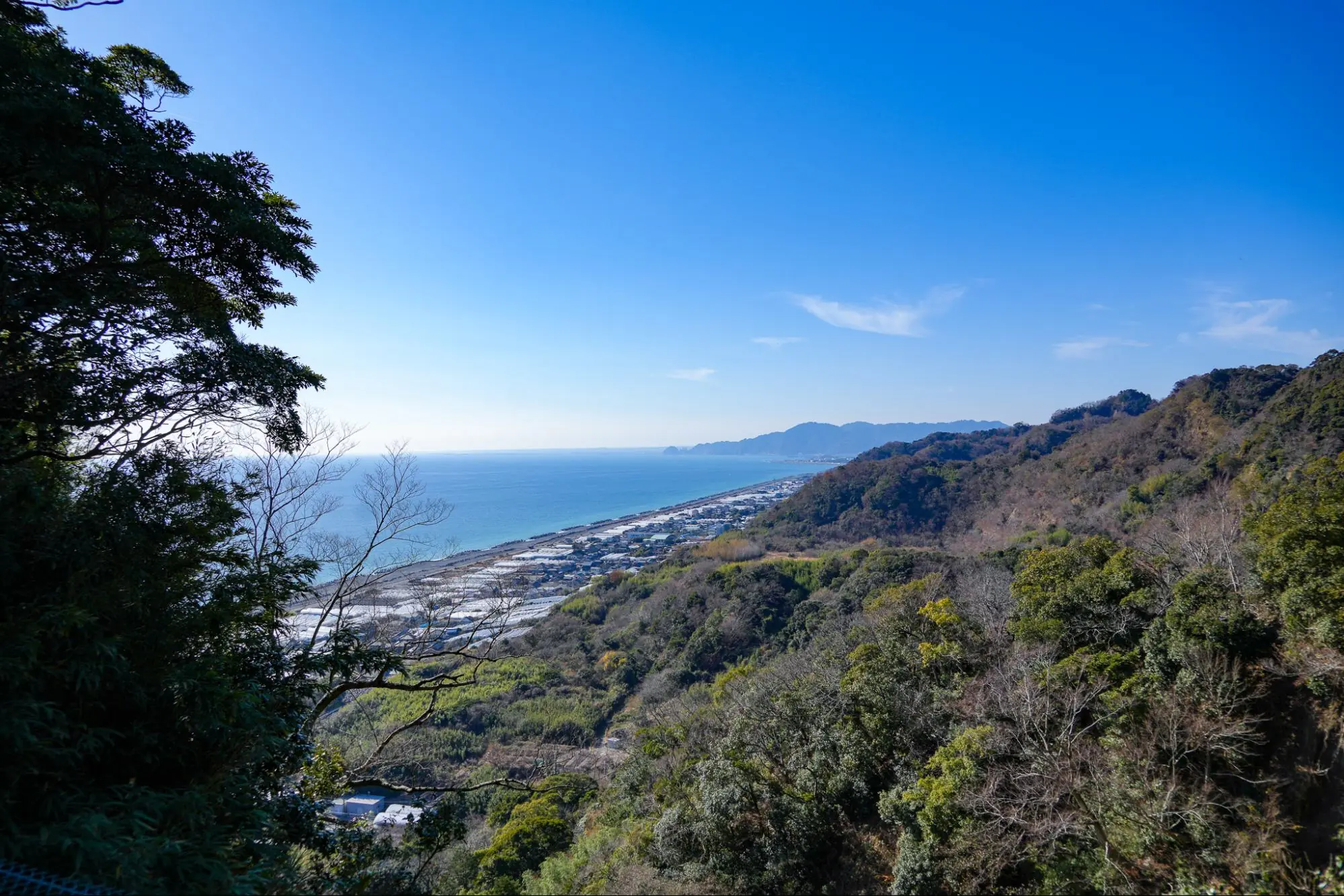
We used the ropeway this time, but the route using 1,159 stone steps called "Ichi-ichi-go-Kurosan (ichi=1, go=5, ku=9, ro=6)" can also enjoy a spectacular view of Suruga Bay.
Next time, I would like to visit using the stone steps.
This time, I introduced Kunozan Toshogu Shrine. Please come and feel the power of Prince Ieyasu.


![[Tokai Area] Shrines and Temples](https://life-designs.jp/wp/wp-content/uploads/2022/03/4b6784b9a0a6f408160ee9c32a307138-1024x580.png)

![Goshuin Red Ink Stamp Tour in Inuyama! [Sanko Inari Shrine, Harituna Shrine, Inuyama Castle]](https://life-designs.jp/wp/wp-content/uploads/2020/01/image8-29-300x200.jpg)
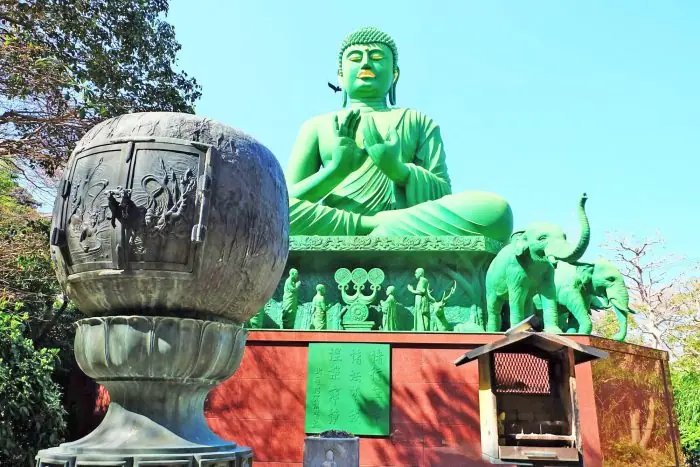



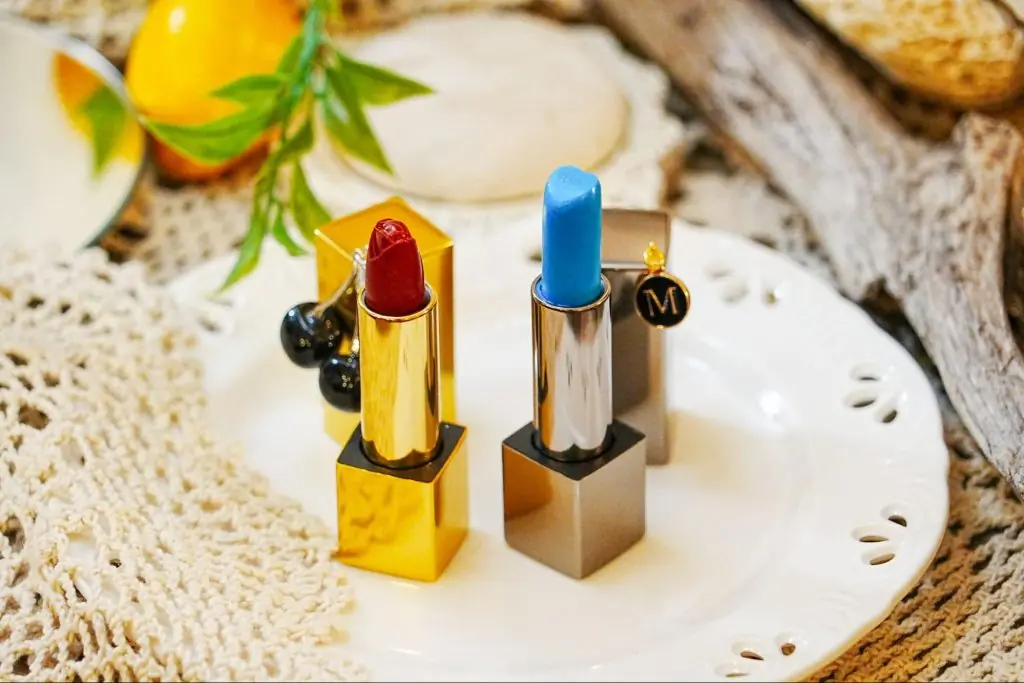
![[Ozone, Nagoya] "Yamada Tenmangu" where you can Visit with All Kinds of Purposes](https://life-designs.jp/wp/wp-content/uploads/2022/02/image31-4-2-1024x683.jpg)

![[Tahara] Year of the Tiger! I went to "Torano Shrine" in Tahara City](https://life-designs.jp/wp/wp-content/uploads/2021/12/d0bcf6e9c39c9d5ca563199fb9b86b2e-1-1024x683.jpg)


![[Indoor Facilities] Where to Go on Rainy Days in Tokai Area! For Family Outings!](https://life-designs.jp/wp/wp-content/uploads/2023/07/FotoJet-23.jpg)





![[Nagoya-meshi] Nagoya's Speciality Dishes](https://life-designs.jp/wp/wp-content/uploads/2022/06/5ba2ca8c038fd4af7527bc0826367cfb-768x435.png)
![[Special Feature] Enjoy Your Day at a Park!](https://life-designs.jp/wp/wp-content/uploads/2019/12/LD_banner_w1920x1088_park-1-768x435.jpg)
![[Tokai Area] Place to Go on Rainy Days!](https://life-designs.jp/wp/wp-content/uploads/2022/03/f76405aaa33944a4ba88a131fbc56523-1024x580.png)
![[Tokai Area] Scenic Spots which You'll Never Forget](https://life-designs.jp/wp/wp-content/uploads/2019/12/LD_banner_w1920x1088_prospect-1-1024x580.jpg)

![[Sauna Specials] Feel Revitalized in Sauna!](https://life-designs.jp/wp/wp-content/uploads/2021/07/Sauna-1024x580.jpg)
















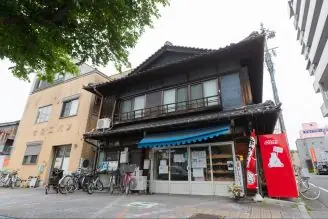









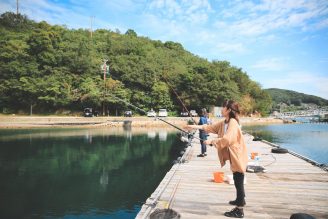



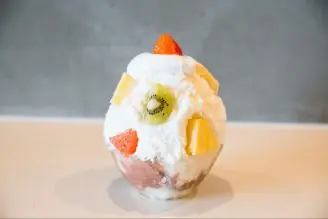










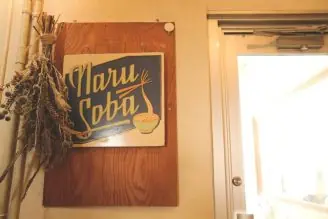




![[Indoor Facilities] Where to Go on Rainy Days in Tokai Area! For Family Outings!](https://life-designs.jp/wp/wp-content/uploads/2023/07/FotoJet-23-1024x768.jpg)
![Onigiri is hot right now! Summary of Osu's Onigiri Specialty Shops [5 selections].](https://life-designs.jp/wp/wp-content/uploads/2023/11/onigiri-1024x768.jpg)


![[20 Selections] Nagoya Souvenirs: Non-Sweet & Recommended Snacks Available at Nagoya Station](https://life-designs.jp/wp/wp-content/uploads/2025/07/image3-2-1024x683.jpg)
![[Aichi, Gifu, Mie] 30 Family-Friendly Spots to Go in Winter!](https://life-designs.jp/wp/wp-content/uploads/2019/12/image21-1-768x543.png)
![[Within 2hrs by Car] 12 Outing Areas where You can Go on a Day Trip from Nagoya!](https://life-designs.jp/wp/wp-content/uploads/2023/07/odekake12_w1200h900_20240422-328x246.png)



